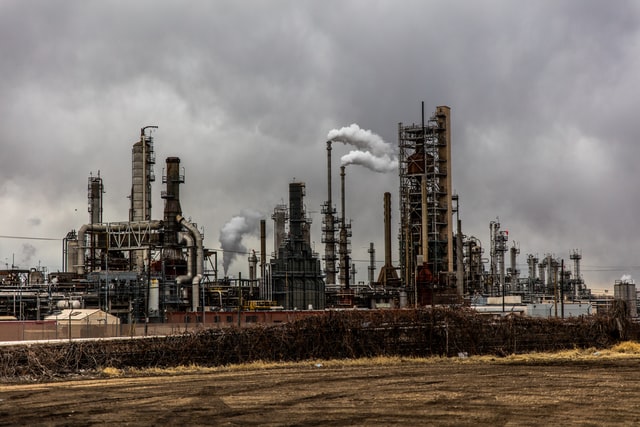3 Aug. 2023

Local Law 97 (LL97) is a regulation on Greenhouse Gas (GHG) emissions that dictates that all covered buildings in New York, NY must comply with certain emissions regulations by 2024.
Included in the Climate Mobilization Act and passed by the City Council in April 2019 as part of the Mayor’s New York City Green New Deal, LL97 is one of the most ambitious plans for reducing emissions in the nation (NYC GOV).
LL97 states that most buildings over 25,000 square feet will be required to meet new energy efficiency and greenhouse gas emissions limits by 2024, with stricter limits coming into effect in 2030.
According to NYC GOV, LL97 covers, with some exceptions:
The law details that each building must submit its first emissions report in 2025. Failure to comply in 2025 will result in extremely expensive fines.
Buildings account for about two-thirds of greenhouse gas emissions in New York City and LL97 provides an aggressive and beneficial plan to make the city “carbon neutral” by 2050.
The goal of LL97 is to reduce the emissions produced by the city’s largest buildings by 40% in 2030 and by 80% by 2050.
By 2030, emissions regulations will become more stringent and then even more in 2034.
The ultimate end goal is an 80% reduction in emissions by 2050.
2021: Building owners should start thinking about how they will meet emissions regulations now–actually, the sooner the better–since regulations will begin in a little more than two years.
2024: Emission regulations will begin, marking 2024 as the first year in which all covered buildings in NYC will be required to meet their respective requirements.
2025: The first emissions report is due on May 1st, 2025. Reports will be due on May 1st for the previous year, demanding the same for every year to follow.
2030: Regulations will become more stringent. Building owners will need to monitor their energy efficiency progress and make sure they can achieve the increasingly strict regulations.
As a building owner, the sooner that you start creating a sustainable plan, the more confident you will be to meet these emission regulations in the coming future.
So, what happens if my building fails to meet these regulations?
Failure to file a report results in a fine of $0.50 per square foot, per month.
Exceeding the emissions limit results in a fine of $268 per metric ton over emissions limit.
Finally, a false statement of a building’s emissions results in a misdemeanor, entailing a $500,000 fine.
That’s why it’s important to create a plan now, avoiding extra fines and financial troubles, while allowing you to contribute to new city-wide sustainability efforts.
New plans and new restrictions call for new innovations and solutions.
One of the major technological solutions to alleviate climate change is Climate Tech.
AI-driven technology, specifically, may just be the perfect solution to battling this excessive city-wide energy usage.
Setpoint uses an automated Climate Intelligence System, helping to minimize the carbon footprint and thus increasing energy efficiency. By applying smart data models and algorithms, we provide commercial building operators with centralized control over indoor climate–optimizing energy usage while reducing costs.
AI-driven technology is at the forefront of innovative, sustainable technologies, making vigorous carbon emissions restrictions like LL97 possible and very much achievable by 2024.
Read more about LL97 here: https://www1.nyc.gov/site/sustainablebuildings/ll97/local-law-97.page
& Learn more about us at: www.setpoint.ai